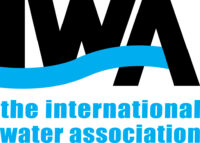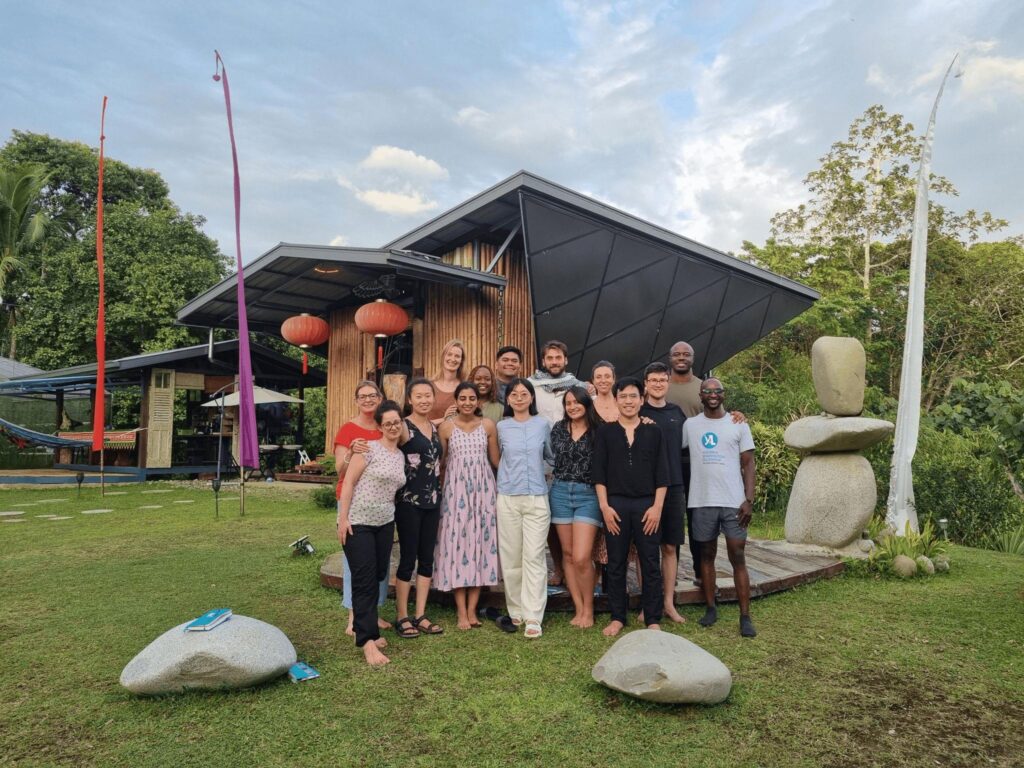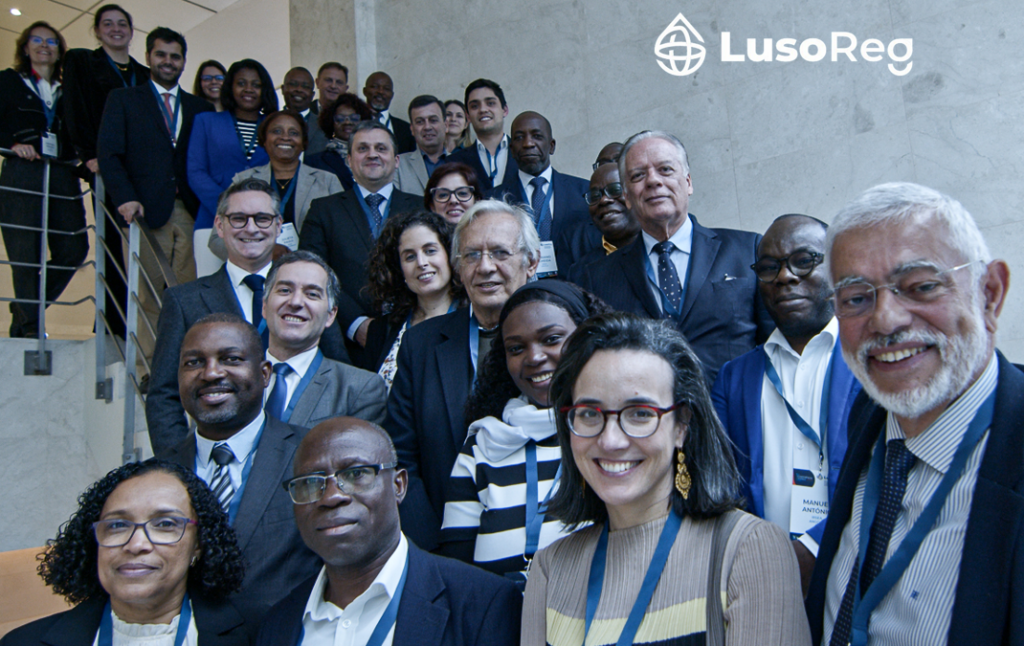Two prime assets of any country are land and water. The list of assets related to water includes visible water (river water, and groundwater) and invisible water (water in the pores of soil, in vegetation, and in the atmosphere). Each of these elements of water, and the interaction between them, has maintained ecosystems and provided water for humankind. All of this water circulation starts from rainwater.
Water asset management can be compared to family asset management. The annual rainfall is like an annual salary. Drought, a salary reduction. Most rainwater originates from clouds evaporated from land. More evaporation, creating more clouds, is like working extra hours to get more income. Heavy rains caused by typhoons from distant seas are like bonuses. River water is like cash because it can be used right away. Groundwater is like an easily encashable heritage left by the ancestors. Invisible waters in soil, vegetation, and the atmosphere are like securities that are not easily accessed. The amount of invisible water is much greater than that of water in the rivers.
“Water asset management in Korea is similar to the asset management of a fool”
Water asset management in Korea is similar to the asset management of a fool. Water is taken from the river for the city water supply, and sent back to the river after sewage treatment. Although the water quantity in the river may be the same, the water quality gets worse as it goes downstream. After draining all the rainwater to the sea, people suffer from drought and water shortages. It’s like a person living hand to mouth, without saving money. To prevent this, reducing water consumption, water conservation and rainwater harvesting should be given the highest priority in water asset management.
Groundwater accumulates over tens and hundreds of years by infiltration of rainwater. It’s like a legacy. In order to keep the groundwater level constant, it should be refilled with the same amount of rainwater as is extracted from the ground. Covering cities with roads and roofs without rainwater infiltration is like using up the legacy. Our descendants should expect to receive as much as we received.
The water in the pores of surface soil slowly but continuously supply water to rivers, even in the dry season. The total amount of soil water is much higher than that of river water. The water in vegetation cools down the atmosphere with water vapor through transpiration. Water evaporated from land and vegetation creates moderate cloud, and distributes the water again as rainwater. It is like seeding the sky to get the rainwater, as we would plant beans to harvest beans.

Invisible water can prevent extreme heat waves. Evaporation from moist soil and transpiration from vegetation can cool down the atmosphere. Cities that have drained all rainwater and cut down their plants will become extremely hot because of low evaporation. Fewer clouds mean less rain and more heating of the land, leading to drought. The reduction of invisible water creates a vicious cycle of extreme weather.
Analyzing water assets in Korea can help prioritise water management. Ninety percent of our total water assets are from invisible water, such as soil and atmospheric water. The amount of water in our rivers is 6.5 billion tons, accounting for only 2.7% of total water assets. The amount of rain each year is 127 billion tons, our first priority should be rainwater management. Since groundwater is a legacy to be handed down, groundwater depletion should be considered an asset deficit.
This phenomenon is the result of our short-sighted water management policy. Water planning targets only river water and groundwater. Rainwater is regarded as waste to be disposed of. Invisible water in soil, vegetation, and atmosphere, which accounts for most of our water assets, is not taken into account. The interaction among them and the relationship between extreme rainfall and heat waves has not been fully addressed.
A new paradigm of water management is required that considers rainwater as the prime source of all water. We must collect it where it falls, increase the moisture content of surface soil, replenish ground water, and send the overflow to the river. By doing so, water evaporates evenly all over the city, creates clouds and makes more rain, all of which help to increase the small water cycle.
To become a water rich country is like becoming a rich family. Earn more and spend less. We need to create a water law based on this new water paradigm, which considers all the water assets in a country and the interactions among them. This will help better manage climate irregularities such as heavy rains and droughts.




